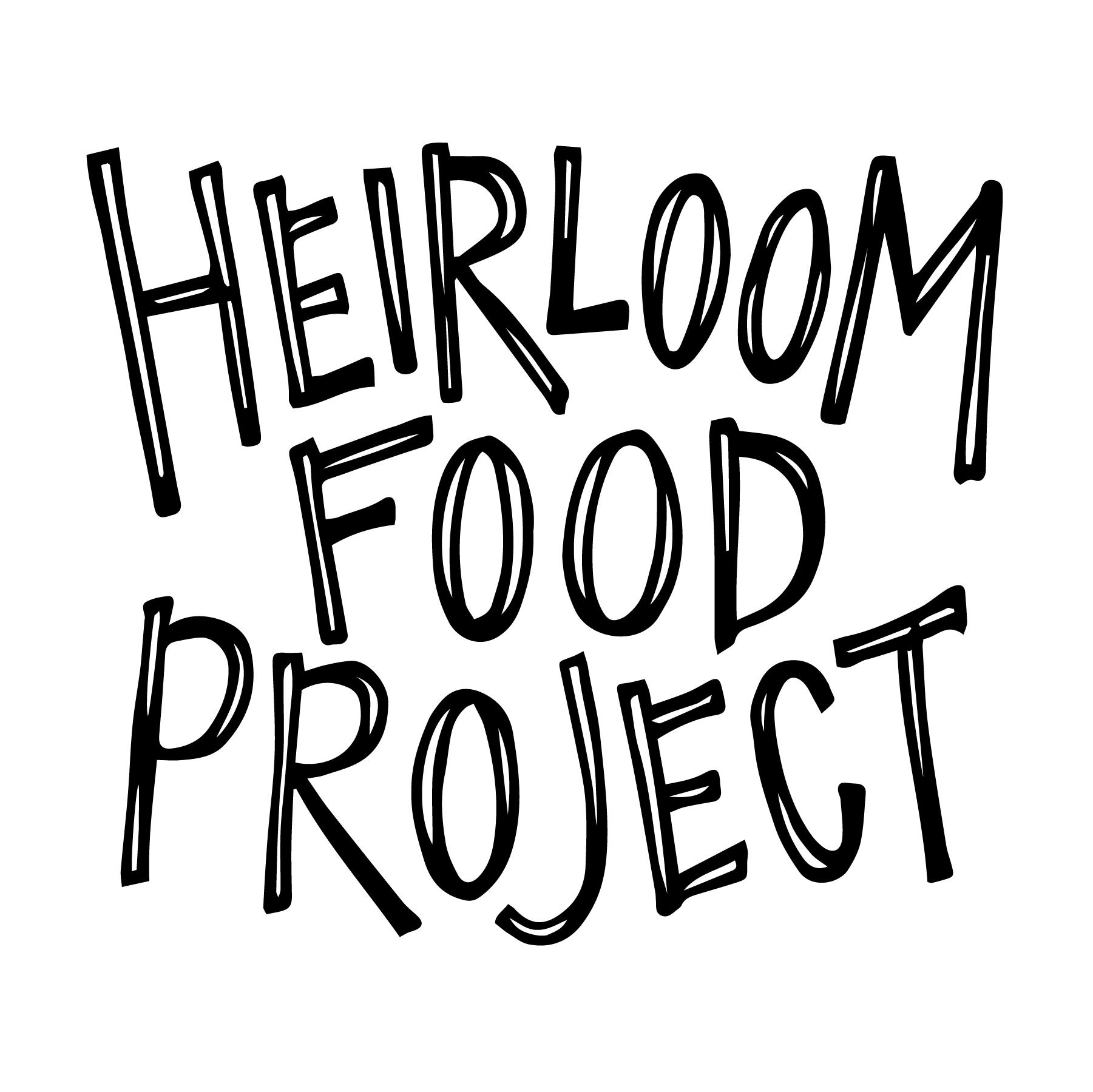Traditions Across the U.S.: Kombucha
I spent the past two months savoring and observing and sinking deeply into U.S. food traditions on a cross-country road trip. This series highlights the traditions I had the privilege of experiencing and prompts you with tangible ways to revive, reflect, and start food traditions of your own.
On a sunny November day, Bjarke and I wound our way through Tennessee woods to reach the home of Sandor Katz. Walking into his kitchen was like entering an ode to fermentation—shelves are stacked high with crocks of kimchi, sauerkraut, kombucha, and more. When your gaze reaches the tippy top, you find a stained glass window depicting bacteria.
Sandor, a self-proclaimed fermentation revivalist, is working to preserve the traditions of fermented foods. He spreads the lessons through workshops, his website, and beautiful books, including The Art of Fermentation. There’s more depth and intricacy to his work than I could ever convey here—I highly recommend exploring it yourself.
One of the fermentation traditions we discussed around Sandor’s kitchen island is that of kombucha, the deliciously fizzy tea-based beverage. Bjarke has been using cane sugar to feed bacteria in his own kombucha endeavors. When Sandor offered us sips of his own brew that utilizes honey for the job, Bjarke wondered—should he swap out all the cane sugar for honey in his next batch?
To this, Sandor replied, “Gradual adaptation can be a lot more successful than abrupt adaptation.” Instead of replacing 100% of the cane sugar with honey, try a combo of 75% cane sugar with 25% honey. If that batch turns out well, try more honey in the next generation.
Several weeks after our visit with Sandor, Bjarke and I were conducting our annual end-of-year review. Hunkered down in a gorgeous old house in the heart of Ohio’s farmland, we made long, idealized lists of all the things that would be different in 2018. All the new routines, rituals, and traditions we’d adapt.
As I stepped back to take stock of this mounting list, I remembered Sandor’s wise advice. Sure, he was referring to fermentation formulas, but as he reminds us through his work, fermentation can help us understand how to relate to the world.
You, too, may be setting out to make sweeping changes in the new year. If so, I invite you to ponder this question alongside me:
How can you gradually integrate the traditions, rituals, or routines you want to practice this new year?
There are many more lessons we can learn from our foods. That’s what American Heirloom Project is about—I try to get to the art of these lessons and share them with you through words, art, and teaching. As this series and 2017 comes to a close, continue to join me for weekly creative food inspiration in your inbox. Cheers to good food!




